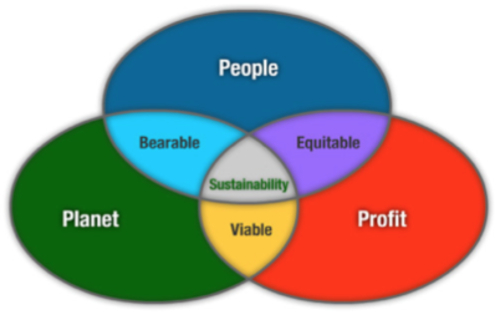The description of the sub-system of a Sustainable Lifestyle is appointed on the website for Engineering for Sustainable Development (ESD):
Lifestyles define people like us in the way we live our lives, what we do, with whom, where, how and what we use to do it. Lifestyle is about the food we eat; how we interact and communicate with others; the trends we (dis)like; what we (want to) learn; how we make fun; the way we get around etcetera; it is our identity. Aiming for 100% self-sufficiency requires creating sustainable lifestyles, which means rethinking the ways people at Texel organize their daily lives. All choices and behaviour we make contribute to (un)sustainable lifestyles. How can sustainable lifestyles at Texel be achieved? (Nevejan, sd)
The choice for this sustainable lifestyle sub-system is based on two considerations. First, the realization that this lifestyle-topic appeared to be very generic and broad and therefore it could function as an overarching concept or umbrella that could bind all other sub-systems and initiatives towards a sustainable Texel. Secondly, the chosen subject forces us to come out of our (technical) comfort zone by not addressing artefacts or technical processes but to focus more on the the societal part of sustainability.
In five chapters the pathway towards a more sustainable lifestyle will be explored and new solutions will be find. Therefore the description of the sustainable lifestyle will be examined.
The most commonly accepted definition of sustainable development is given by the UN Brundtland commission: ‘The development that satisfies the needs of the current time period without jeopardizing the ability of future generations to satisfy their needs’ (Brundtland, 1987).
Build on this definition John Elkington based his famous triple P approach, shown in figure 1, in which he describes sustainability as a merger of interests of People, Planet and Profit (Elkington, 1997) addressing three equivalent components: environmental, economic, and social component as well as three dimensions of wellbeing, i.e. economic, ecological, and social, and their complex interrelations (Ciegis, Ramanauskiene, & Martinkus, 2009).
So, when address the subsystem of sustainable lifestyle, a relation with Elkington’s triple P concept will be made, when discussing the mean sustainability.
Next to the definition of sustainability, a definition for lifestyle has to be found, since it is the second part of the assignments scope. For the definition of this concept a description is used, found in the dictionary:
Lifestyle: A way of living of individuals, families (households), and societies, which they manifest in coping with their physical, psychological, social, and economic environments on a day-to-day basis.
Lifestyle is expressed in both work and leisure behaviour patterns and (on an individual basis) in activities, attitudes, interests, opinions, values, and allocation of income. It also reflects people's self image or self concept; the way they see themselves and believe they are seen by the others. Lifestyle is a composite of motivations, needs, and wants and is influenced by factors such as culture, family, reference groups, and social class. (Business Dictionary, sd)
This literature definition of lifestyle is translated into a lifestyle of someone in Texel (see infographic below). The aim of this infographic is to map and give an overview of the daily activities of the Texelaar (with a difference in a working day and a free day). It is assumed that during these activities certain decisions have to be made, some examples are given in the infographic, varying from for what kind of breakfast one will take to the leisure activities on a free day. These decisions are based on one's culture, values, needs, interests, motivations, social class, etc. It should be noted that the infographic is a very general interpretation of a way of living. Admittedly, it cannot replace the complex perspective of the system. How the Texelaars live together and in what kind of way do they support each others lifestyle, will be further examined in the following chapters.
(Since it was not possible to show a larger version of this infographic here, it is added in a separate article this chapter, see below)
This sustainable way of living will be further explored in the following chapters. Enjoy reading!
Kind regards,
Noor Debets
Msc. Building Engineering
Ivo Hummelink
Msc. Management of Technolodgy
Anne van Loenen
Msc. Urbanism
Tessa Vaendel
Msc. Integrated Product Design
*references can by find in chapter 1
